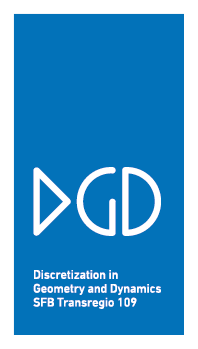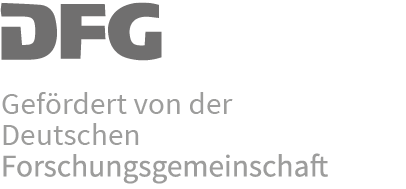Reuleaux Triangle Tetrahedron
Stefan SechelmannMedia
Description
We present a discrete version of a Reuleaux triangle tetrahedron:
Reuleaux triangle
The Reuleaux triangle is the intersection of three circles of radius s centered at the vertices of an equilateral with side length s. It is named after Franz Reuleaux who was the principal of the Technische Hochschule Charlottenburg in 1890, the very school that today is the Technical University of Berlin. The Reuleaux triangle is the simplest nontrivial example of a curve of constant width - a curve in which the distance between two opposite parallel tangent lines to its boundary is the same, regardless of the direction of those two parallel lines.
Reuleaux tetrahedron
The name Reuleaux tetrahedron refers to the intersection of four spheres of radius $s$ centered at the vertices of a regular tetrahedron with side length $s$. The sphere through each vertex passes through the other three vertices, which also form vertices of the Reuleaux tetrahedron. The Reuleaux tetrahedron has the same face structure as a regular tetrahedron, but with curved faces: four vertices, and four curved faces, connected by six circular-arc edges. In contrast to the Reuleaux Triangle it does not have constant width.
Reuleaux triangle tetrahedron
The Reuleaux triangle tetrahedron is constructed differently but nevertheless deserves the name Reuleaux. It is built from four Reuleaux triangles which are identified along their sides. Thus it can be made from paper. We constructed it as a polyhedron following the approach drescribed in [1]. Take four congruent Reuleaux triangles. Create triangulated versions by choosing vertices such that all boundary edges are of equal length. Triangulate arbitrarily. Identify the four discrete Reuleaux triangles as for a tetrahedron. This gives a convex polyhedral metric on the sphere. Realize this metric as a polyhedron to arrive at a discrete Reuleaux triangle tetrahedron. Note that the angle sum at the vertices of the tetrahedon is in fact $2\pi$ thus the surface is flat the these points. All other points on the identified boundaries have positive Gaussian curvature.








